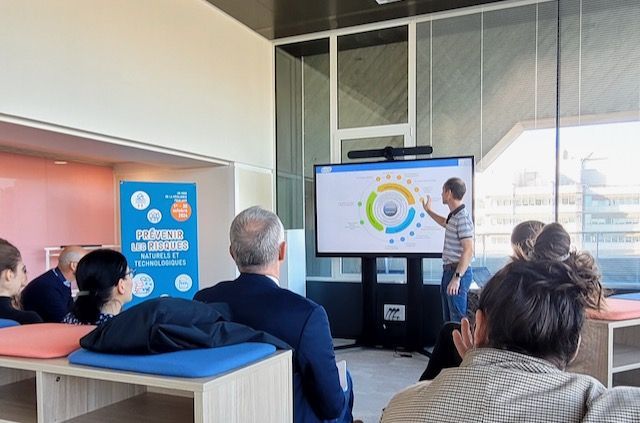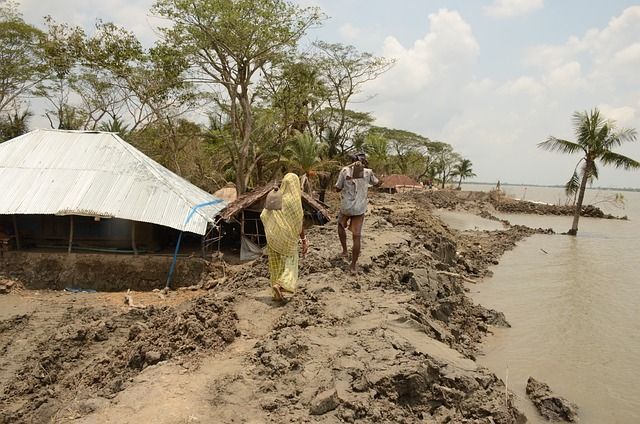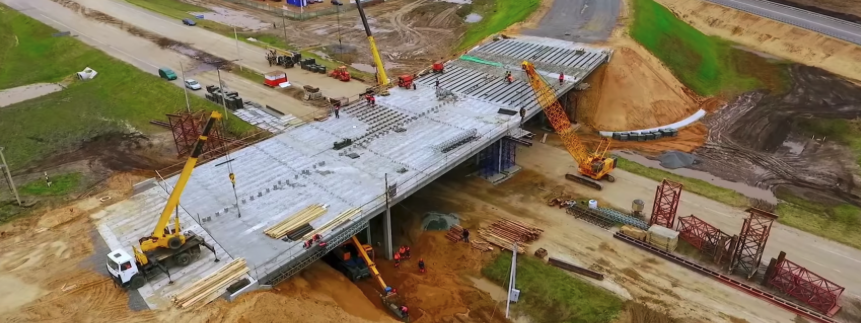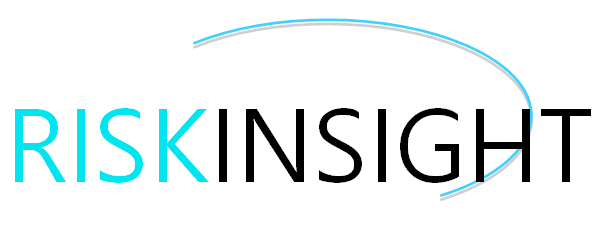What can we learn from hospital emergency departments about managing a business crisis?
- By florian.glinserer
- •
- 18 Jan, 2018
- •
Hospital Emergency departments and business Crisis Management Teams (CMTs) may not, at first glance, have much in common. Hospital Emergency departments deal with emergency situations and life-threatening events every day. They are constantly having to deal with critical situations, having to adapt to ever-changing conditions and events on many fronts and to re-prioritise their actions. They face critical challenges every day, all the while having to act under pressure. They provide a fantastic service to the community that they serve.
Unlike the teams of people who work in hospital emergency departments, Business Crisis Management Teams (CMTs) hopefully do not need to come together very often to manage a crisis event. Although these CMTs may come together less often than hospital emergency department teams, they need to make sure they practice their skills for managing a crisis so that, when they need to form a CMT to manage a crisis, they do so quickly, with the structure they need quickly put in place to manage what will be a fast-changing situation, having to synthesise and act upon lots of information, some of it factual and some of it “noise”. Just as hospital emergency department teams do, they need to make quick decisions in a stressful environment, whilst considering the impacts these decisions will have. Just like a hospital emergency department, the business CMT needs strength in depth, with back-up people on call for occasions when the principal designated CMT members are not available.
So, whilst business CMTs are not the same as hospital emergency departments, there are some lessons that can be learned from them.
I have published some further thoughts on key elements to managing a crisis in a paper that is available in the Articles & Papers section of my website.

We held very interesting in-person discussions about how my Urban 2.0 framework and system can be used by cities and towns around the world, and also the release of the UNDRR Global Assessment Report, Special Report 2024, which I was delighted to contribute towards.
The municipality of Bordeaux is continuing to pursue some excellent work in urban resilience, which I will be profiling in due course...

Almost half of Small Island Developing States' (SIDS) populations reside in urban areas. Research into urban resilience and urban planning tends to focus on cities in large nations, and only a relatively small amount of specific research on SIDS cities currently exists. However, much of the general urban resilience research is applicable to SIDS, as long as context is considered.
This paper focuses on ways to implement measures that will foster resilient and dynamic cities in SIDS. Ensuring good policy action to build, maintain and continuously improve these cities is key to achieving sustainable development and resilient prosperity as set out in the Outcome Document of the Fourth International Conference for Small Island Developing States (SIDS4).

With growing challenges like climate change, debt burdens, and dwindling resources, they desperately need an actionable, doable, and ambitious roadmap for the next decade. 2024 is an important year for SIDS, with the SIDS4 conferencetaking place in May.
You can access details about the Forum on the Island Innovation website, here.


You can read edition #1 here. This first edition is an introduction to our work, containing a summary of some of the work we are undertaking, links to case studies and interviews with people about different aspects of avoiding disasters.


We held a very interesting in-person round table discussion with citizens about how disasters can be avoided.
The municipality of Bordeaux is pursuing some excellent resilience work, which I will be profiling in due course...

We reviewed approaches being taken to prevent hazards from turning into disasters, including examples and how innovation is helping countries, cities and communities prevent adverse fallouts from hazard events.
You can access the webinar and download all presentations here.


The December 2022 edition, which covers a wide variety of infrastructure-related topics, is available here...
